Along with all the crazy stuff we usually write about here, history
and culture are probably some of the top reasons people visit or choose
to live in China.
The country is chock full of must-see historical sites as well as
overrated boring ones, but how do you sort the wheat from the chaff?
No worries, I’ve done it all for you!
Below is my personal list of the top 10 historical sites in China (in
an order I’m going to claim is meritocratic but is actually totally
based on my personal tastes and biases), enjoy!
#10 Forbidden City, zǐ jìn chéng (紫禁城)
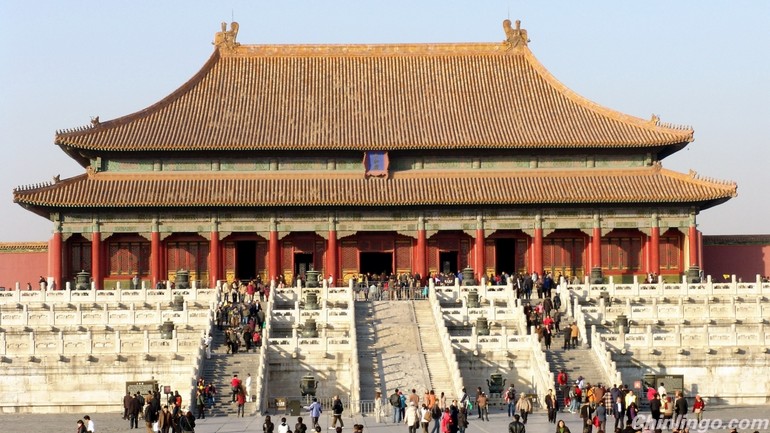
Though it’s one of the two or three most famous tourist attractions in China, I’m not a big fan of the Forbidden City.
For one, it’s always crammed full of tourists, but what turned me off
the most is how none of the buildings are really real – they were all
“restored” in the last few decades, and I’m told that they don’t even
look like the original Forbidden City structures.
That said, it’s still a must-visit destination if you’re in Beijing.
Its importance to the city and the history of Chinese culture is
absolutely enormous: it was the Imperial Palace until 1912 and was
considered the foremost example of Chinese architecture and design. You can almost picture the hugely significant stuff that went down there for 600 years or so.
It also contains the pretty nifty Palace Museum, if you can fight your way through the crowds.
#9 Shaoshan – birthplace of Mao Zedong, sháo shān (韶山)
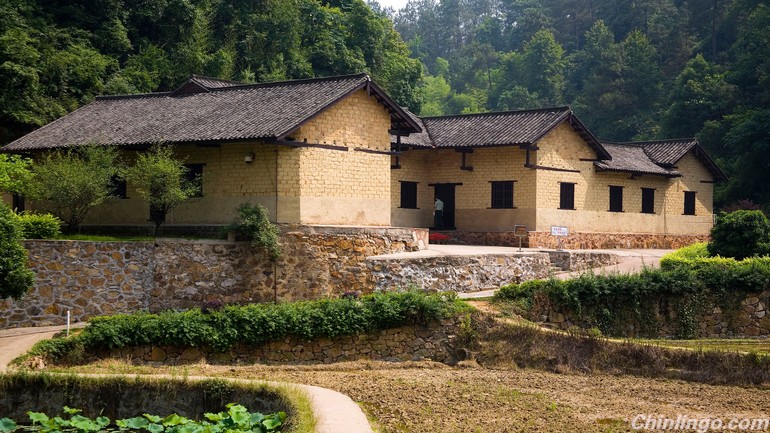
Shaoshan (韶山) is remarkable for its general
unremarkableness – it’s a small town (by Chinese standards, which means
it has around 100,000 people, a.k.a the population of Erie, PA).
Nestled in rural Hunan province, Shaoshan is mostly full of
farms and other not-especially exciting stuff, save for one thing –
it's the birthplace of Mao Zedong, one of the 20th century’s most
important people.
It’s a fascinating place to visit for a couple reasons: it’s deeply
profound to wander around and think about how such a humble place gave
birth to a man who defined the “cult of personality” concept, and is as
significant a figure in the 4,000 years of Chinese history as just about
anyone.
In Shaoshan, you can go to his former residence and even see a not-very-flattering 30-foot bronze statue of the man himself.
Personally, though, I think it’s a choice destination for
people-watching, as it’s engrossing to observe the sorts of people who
make the pilgrimage there – older people, as you might expect, but also a
surprising number of younger people trying to get a sense of a
long-lost part of China’s not-too-distant past.
#8 Kashgar Bazaar, kā shí dà bā zhā (喀什大巴扎)
Xinjiang is probably the most interesting place in China: it’s where Central Asia and China meet.
The (occasionally hairy) collision of cultures is
fascinating, if only because in urban Eastern China you rarely see
Chinese culture genuinely interacting with other ones in concrete ways –
in Xinjiang, and in Kashgar in particular, it’s a palpable mixture.
The Kashgar Bazaar is one of the world’s largest, and it really feels like a classic Middle Eastern market
from a Lawrence Olivier movie, but with a ton of Chinese twists,
including herds of animals sauntering around, refitted electronics and
loud fake market-style bargaining sessions.
It was a massively important stop on the Silk Road
for centuries, and is famously situated about halfway between Beijing
and Rome. You can genuinely feel history and cultural blending at the
Bazaar, to an extent that it’s a place you can sort of just stand around
and absorb, which is really rare for a high-profile tourist site
anywhere in the world.
#7 The Mogao Caves, mò gāo kū (莫高窟)
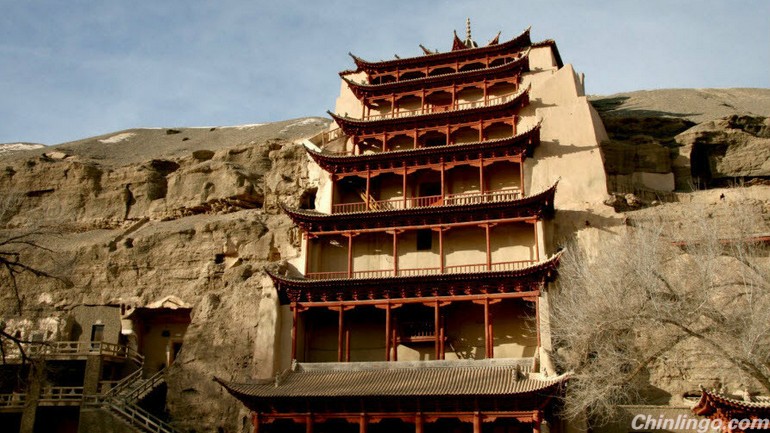
This series of hundreds of temples is built into the caves
and rock faces of Western China’s Gansu province, adjacent to the
ancient Silk Road route.
It’s hard to overstate the awe of seeing so many distinct temples and buildings built into natural features like that.
The Mogao site has been under the control of various
groups, including the Tibetans, and was a key defense and commerce point
on the Silk Road
The Silk Road is, I think, super fascinating in its own right,
connecting Europe and China so long ago that it took over a year to
travel between them – a year!
I loathe my 14 hour flight between Shanghai and New York so much that
I put off booking it until the last minute, but these dudes just set
off for China even though getting there took 12 freaking months. Ballsy.
#6 Nanjing Massacre Memorial Hall, nán jīng dà tú shā jī niàn guǎn (南京大屠杀纪念馆)
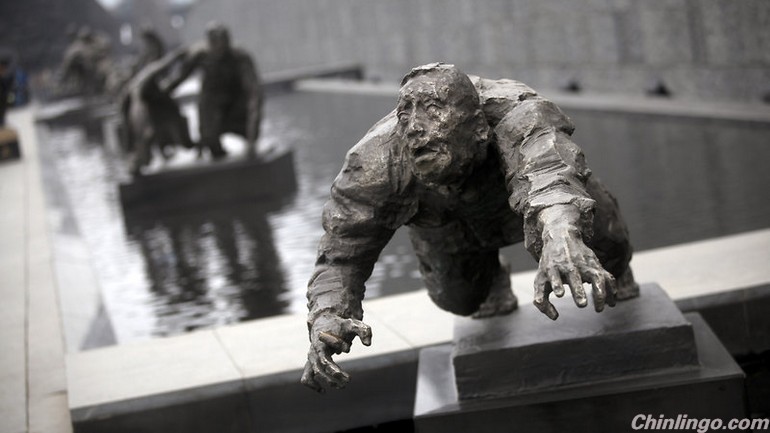
The Nanjing Massacre, nán jīng dà tú shā (南京大屠杀) was the
invasion and mass murder campaign carried out by Japanese soldiers in
the late 1930’s, resulting in some 300,000 deaths.
A dark incident that continues to color relations between
the countries, the Massacre is memorialized in this museum, which
provides a detailed (if one sided) look at the horrors of the Massacre
(also known as the “Rape of Nanking”).
It’s a modern, well-organized and very emotionally impactful museum.
Visiting it reminded me of my first time at the Holocaust Museum in
Washington, DC, which I went to as a kid when it opened in the early
90’s.
The Massacre Memorial does a great job immersing you in the time and
place. As an outsider who didn’t know much about the Massacre, I came
away much more informed and much more aware of the history behind the
city and country I was visiting.

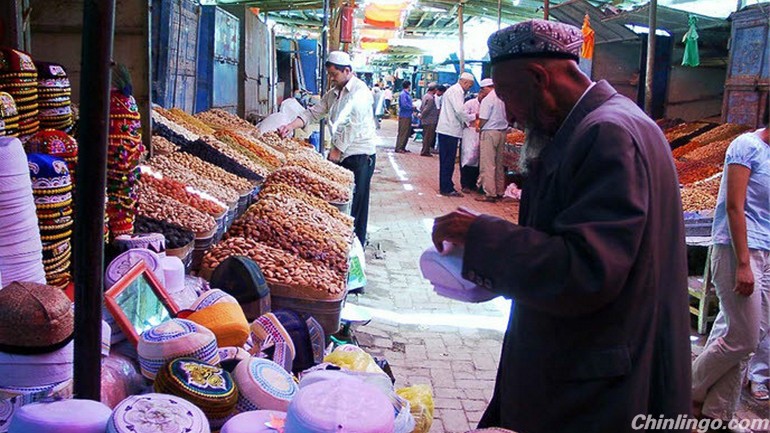


 闽公网安备 35020302035673号
闽公网安备 35020302035673号
0 responses on "Ten must-see historical sites in China - part 1"